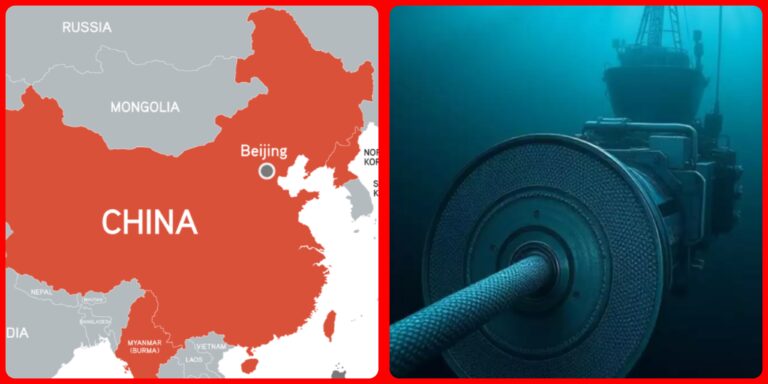
June 30, 2021- 10:31 p.m.
A 50- and 51-year-old, the secretary and director of an engineering firm respectively, were detained last Saturday as customs officers investigated a suspicious freight consignment which had arrived four days earlier at the Hong Kong International Airport cargo terminal.
Hong Kong customs officers have arrested two men after seizing an estimated HK$130 million worth of cocaine in the city’s largest airfreight bust of the drug in 20 years.
Officials needed firefighters to help them extract the 110kg haul hidden in two hydraulic devices arriving from Brazil.
The case was the first involving drugs hidden in heavy hydraulic equipment, and the operation has prevented a large amount of drugs entering the local market.

Do you have questions about the biggest topics and trends from around the world? Get the answers with SCMP Knowledge, our new platform of curated content with explainers, FAQs, analyses and infographics brought to you by our award-winning team.
They said the consignment first raised suspicions because of its origin in Brazil, a high-risk drug trafficking country, while the consignee company’s address was also incomplete, and the engineering firm was only set up last year.
“Plus, South America is not a place where large-scale hydraulic devices are usually produced,” Cheung Tin-ho, the senior customs officer at the airport, said. “Therefore customs officers used high penetration X-ray to inspect the (devices) and found some abnormal images.”
In Hong Kong, trafficking in a dangerous drug has a maximum penalty of life in prison and a HK$5 million fine.
The latest case was the third this year in which customs prevented large amounts of cocaine from entering the local market.
Customs officers later found 55kg of cocaine in each of the two 2.7-metre-long hydraulic devices – each weighing 1,500kg – which were sealed inside a hidden compartment.
“The drug traffickers had even wrapped lead, steel and metal over the hidden drugs. This seemingly perfect method to hide the drugs did in fact make our discovery more difficult,” Lee Kam-wing, head of the Customs Drug Investigation Bureau, said.
As the welding of the equipment to hide the cocaine was nearly seamless, and customs officers were unable to easily crack it open for inspection, firefighters had to be called in to retrieve the drugs from inside.
Officers said amid the ongoing coronavirus pandemic, many drug smugglers had switched from trafficking drugs via travellers to using parcels and cargo consignments.
In February, customs seized about 80kg of suspected cocaine from a transshipment container at the Kwai Chung Customhouse Cargo Examination Compound.
A month later, officers seized about 54kg of cocaine and about 700 grams of crack cocaine with an estimated market value of about $73 million in Sai Kung, as customs uncovered drug manufacturing and packaging paraphernalia inside a residential flat.
This article originally appeared on the South China Morning Post (www.scmp.com), the leading news media reporting on China and Asia.



